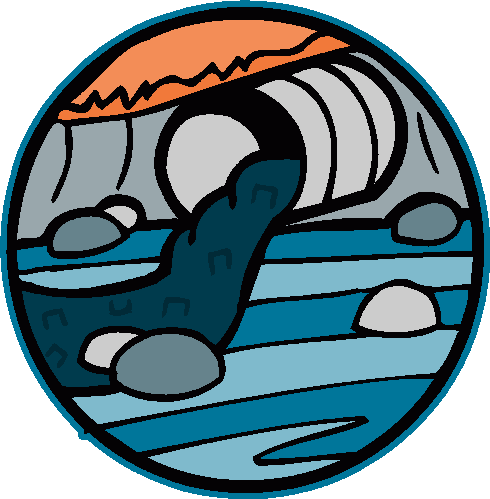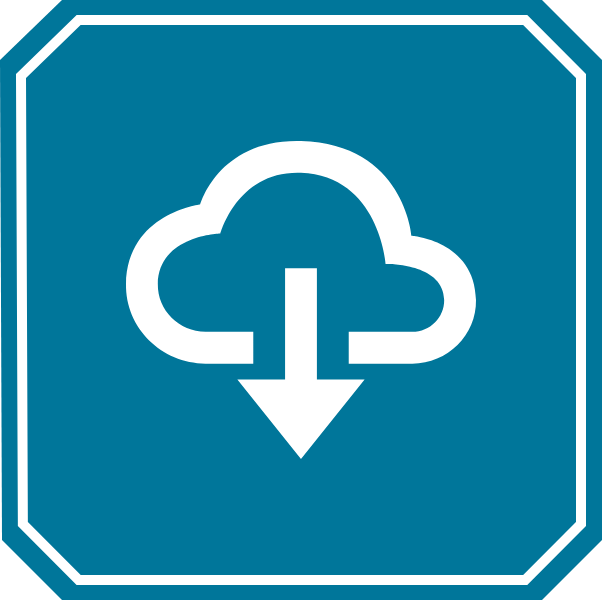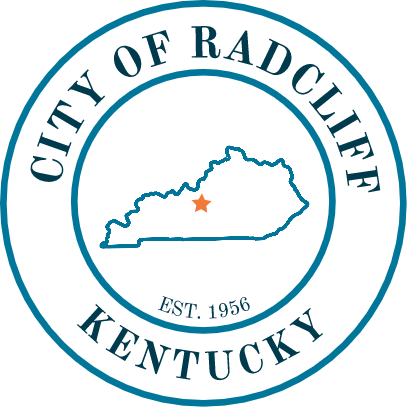What is a watershed?
It doesn’t matter how far you live from a stream, river, lake or sinkhole, you live in a watershed. Everyone resides in a watershed. A watershed (also called a drainage basin) is the area of land where water from rain or snowmelt drains downhill into a body of water, such as a river, lake, sinkhole, wetland, sea or ocean – this includes water that flows on the surface and water located underground.
John Wesley Powell, scientist geographer, defined a watershed as “that area of land, a bounded hydrologic system, within which all living things are inextricably linked by their common water course and where, as humans settled, simple logic demanded that they become part of a community.”
A watershed divide is the boundary that physically separates one watershed from another. Precipitation that falls on one side of a divide will drain into one watershed, while precipitation that falls on the other side will drain into a another watershed. Some watersheds are very small — only a few square acres, while others extremely large — millions of square miles. We all live in a watershed, but unlike a political boundary, it is determined by the topography of the earth. People living within a watershed may not share the same congressman, senator, or president, but they do share a common water supply. As a result, development within a watershed impacts everybody. Realizing this, communities are beginning to take a watershed approach to solve environmental problems, organizing themselves along watershed boundaries.
Why is your watershed important?
Watersheds are the places we call home, where we work and where we play. Everyone relies on water and other natural resources to exist. What you and others do on the land impacts the quality and quantity of water and our other natural resources.
Healthy watersheds are vital for a healthy environment and economy. Our watersheds provide water for drinking, irrigation and industry. Many people also enjoy lakes and streams for their beauty and for boating, fishing and swimming. Wildlife also need healthy watersheds for food and shelter.
Why should you care?
Just as a person’s character is shaped by their surroundings, the character of a river, lake or wetland is shaped by its watershed. Its water quantity (how much) and quality (how clean) depend on what is taking place in its watershed. This is why water-quality experts want people to be “watershed aware” and to “know their watershed.” Usually, the fewer human activities that are going on in a watershed the healthier the body of water it supplies will be. Think about it. Where are the cleanest rivers and lakes and healthiest wetlands in Kentucky? As human activity increases in a watershed, either through farming, forestry, mining, industry, or urban development, the condition of the body of water it supplies declines.
Everyone is either upstream or downstream from someone else. What you do on your property will affect those below you and what is done upstream affects you. Every ownership within a watershed has a direct connection to every other property. Recognizing your position in the watershed is important to your quality of life.
Healthy watersheds have many positive attributes. Good water quality. Vegetation that protects the soil and prevents erosion. Plentiful and diverse aquatic and other wildlife.
Everyone in a healthy watershed reaps the myriad benefits. Good stewardship activities can help maintain and enhance a healthy watershed or restore an unhealthy one.
The Watershed Community
People influence what happens in their watershed, good or bad, by how they treat the natural resources–the water, soil, air, plants, and animals. What happens in their small watershed also affects the larger watershed downstream. For example, any source of water pollution in the watershed, even if it’s far away from the river, can eventually make its way into the river.
Sources of Pollution
- POINT SOURCE POLLUTION comes from an easily identifiable source, like a factory or a sewage treatment plant that is piping waste products into the river. Flow of pollutants from point sources is regulated, fairly constant and predictable.
- NON-POINT SOURCE POLLUTION washes off the landscape from a broad array of hard-to-control sources such as flow from streets, parking lots, lawns, fields, barnyards and construction sites. Flow of pollutant from non-point sources is very unpredictable, and mostly occurs when rain and snowmelt wash the surface of the land. This type of pollution is currently not regulated.
Because point sources are now regulated, their impact has been vastly reduced in recent years. However, non-point source pollution has become the primary source of pollution in rivers, as indicated by the chart below. There are strong concerns, about non-point source pollution in the watershed, particularly from agricultural runoff carrying bacteria, nutrients, and sediment.
Tips to prevent non-source pollution in your watershed:
“Riparia”— the riverbank corridors of vegetation that defend the river against a wide range of threats — need to be protected and restored. Healthy riparia filter pollution, prevent erosion, and reduce flooding. If you own land along the river, try to keep a 100-foot-wide band of vegetation along the riverbank. Don’t let livestock trample the area and enter the river. If your riparia is degraded, plant trees and shrubs and take/ other steps to reduce erosion.
To learn more visit the EPA Watershed site.



